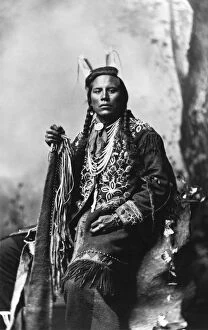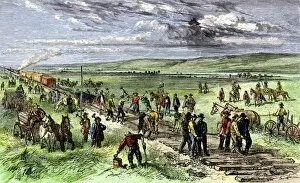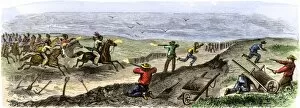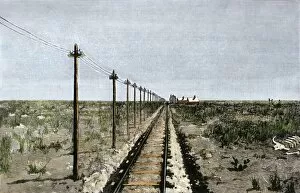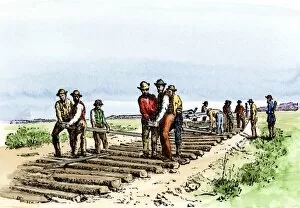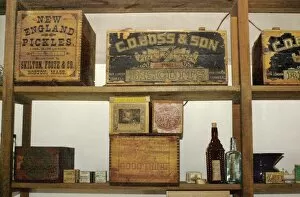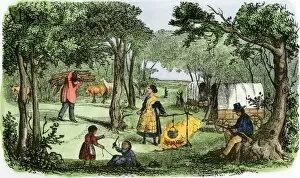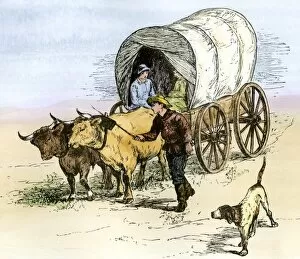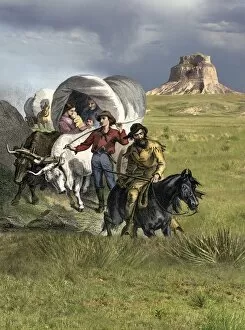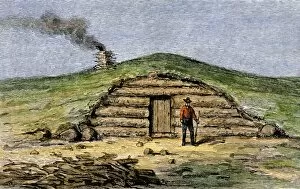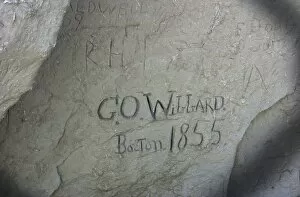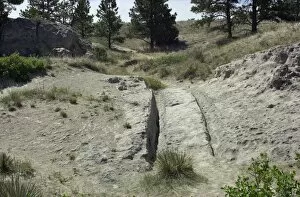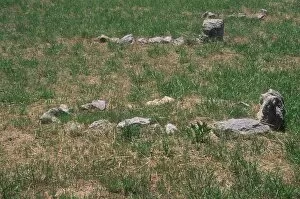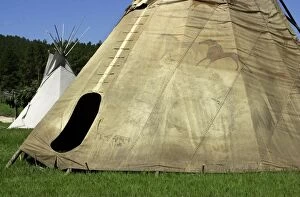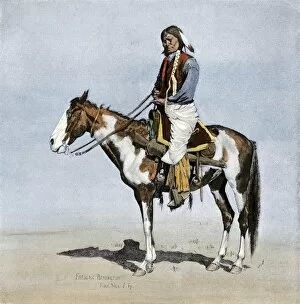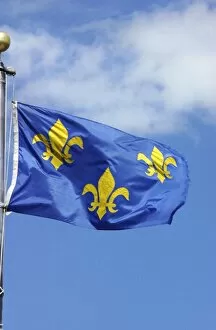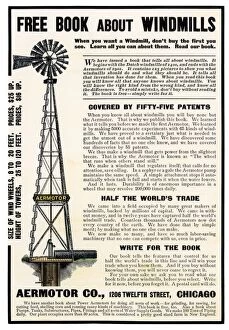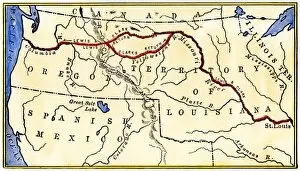Great Plains Collection (#8)
The Great Plains: A Tapestry of History and Culture Immerse yourself in the captivating tales of the Great Plains, a vast region that stretches across North America
For sale as Licensed Images
Choose your image, Select your licence and Download the media
The Great Plains: A Tapestry of History and Culture Immerse yourself in the captivating tales of the Great Plains, a vast region that stretches across North America. From the legendary Native American chief Petalesharo II, also known as Man Chief, to the thrilling accounts of Native American attacks on western stagecoaches, this land is steeped in rich history. As you explore further, discover intriguing snapshots frozen in time. Picture a cowboy and a Native American man engrossed in a game of cards on a blanket circa 1915. This image speaks volumes about the cultural exchanges and interactions that occurred amidst these wide-open spaces. Gaze upon the striking portrait of Cheyenne Chief Two Moons captured by Edward S. Curtis around 1910. His dignified presence embodies both strength and resilience—a testament to the indomitable spirit found within these plains. Sitting Bull, Sioux Native American leader extraordinaire, left an indelible mark on this landscape with his remarkable leadership during tumultuous times. His legacy continues to inspire generations who seek courage amidst adversity. Visit Little Bighorn Monument atop Custer's Hill where all bones from the Battle of Little Bighorn were laid to rest—a solemn reminder of past conflicts that shaped this land forever. Quanah Parker emerges as another prominent figure—an influential Kwahadi Comanche leader whose photograph taken around 1895 captures his regal essence and unwavering determination. Venture eastward towards Fort Dearborn, standing proudly on what would become Chicago's bustling cityscape—once an outpost guarding against potential threats while now symbolizing progress and growth. Witness Buffalo soldiers charging fearlessly into action—their bravery etched into every fiber of their being—as they come to rescue those in need across these expansive plains. Step back in time with Laton Alton Huffman's photograph capturing cowboy Honeycut astride White Star on Montana's open range in August 1904.



